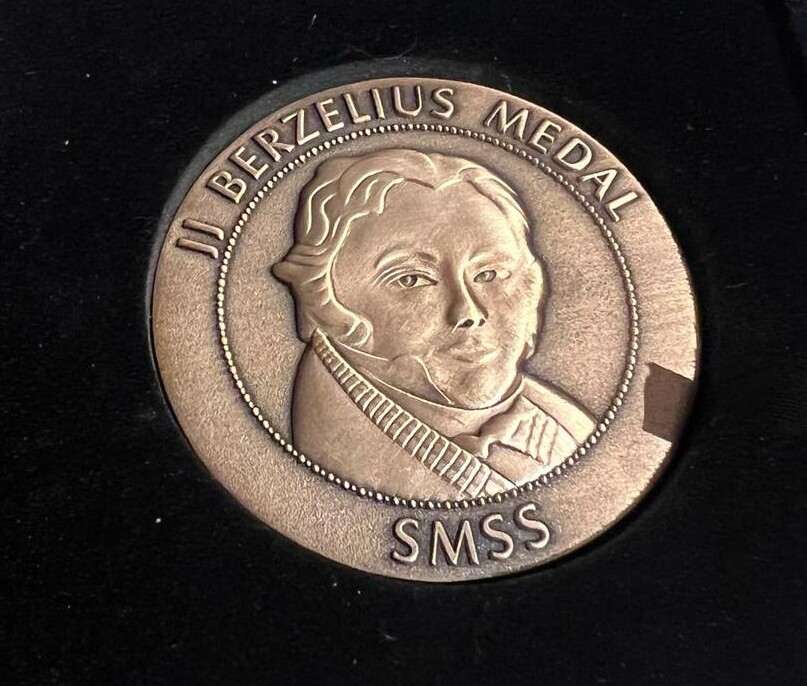BY DR CLIVE FRASER
Medical students are taught to take a good history before laying a hand on a patient.
We’re told that if you listen to your patient, they will tell you the diagnosis.
For example, chest pain on exertion is likely to have a very different cause to chest pain after over-indulging at meal times.
With so much technology and so many special investigations available it is still vital to listen to our patients before ordering a battery of tests.
The best mechanics adopt the same approach.
A squeaking sound from the front end when turning right should tell you to check the left front wheel bearing and vice versa.
But just like in medicine, mechanics are more reliant than ever on scanning devices to diagnose cars that have become impossibly complex.
So the first symptom of my car’s malaise was a hissing sound from the motor when going up a steep hill.
There were no more noises until 500 kilometres later when on the same steep hill my car lost power, the check engine light illuminated, and it went into ‘limp-home mode’.
While my car still technically ‘went’ it had no power, stayed in lower gears for longer and was locked out of its 6th and 7th speeds.
In the examination room (my garage) it dis-robed and a visual inspection and palpation provided no further clues.
So the next step was to connect an OBD scanning tool to see whether there were any fault codes in the ECU (Engine Control Unit).
My dealer charges $220 to hook up their factory tool, but I have an assortment of OBD scanners that I have purchased from eBay and Aldi over the years.
The cheapest of these cost me only $4 from eBay including postage.
It’s a useful tool that connects to a free App on my Smartphone via Bluetooth.
All of my scanners detected two codes on my car:
P227962 – A leak was detected in the intake air system. The Signal Comparison Is Faulty – Current, Stored.
P246309 – The soot content of the diesel particulate filter is not OK. There is a component fault – Current, Pending.
At this point I consulted with a pulmonology colleague who just happens to own an identical car with the same symptoms, and the same fault codes.
He generously forwarded to me his repair bill from the dealer which did remind me that my $4 OBD scanner was worth investing in.
His leak in the intake air system turned out to be due to a split rubber hose between the turbo-charger and the inter-cooler.
For those of us without mechanical knowledge I would suggest reading no further.
But I was intent on fixing my low-mileage car from Sindelfingen, or else.
I scoured my car for a leaking hose before calling in another colleague for assistance.
That colleague could hear the faintest hissing sound as I drove my car onto his hoist.
A turbo-charger boosts at six to eight psi which is equivalent to the pressure caused by the weight of a column of water about five metres high.
It was the sound of that pressure squeezing air through a tiny hole that we could both hear.
And that was the sound that started off the whole problem in the first place.
I was more confident than ever that I would be able to fix my car.
My colleague was also the owner of a smoke machine which would be needed to find the leak.
To be continued.







